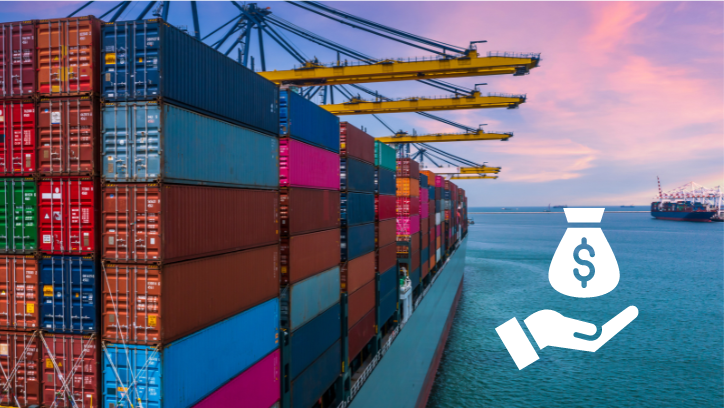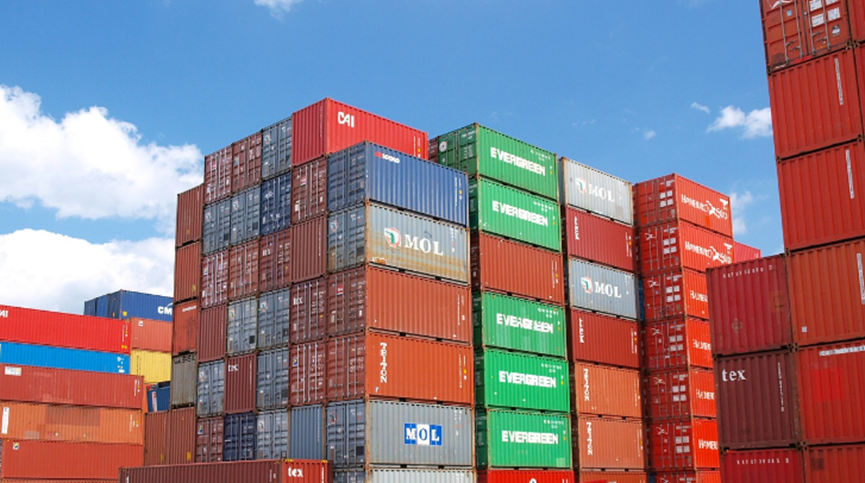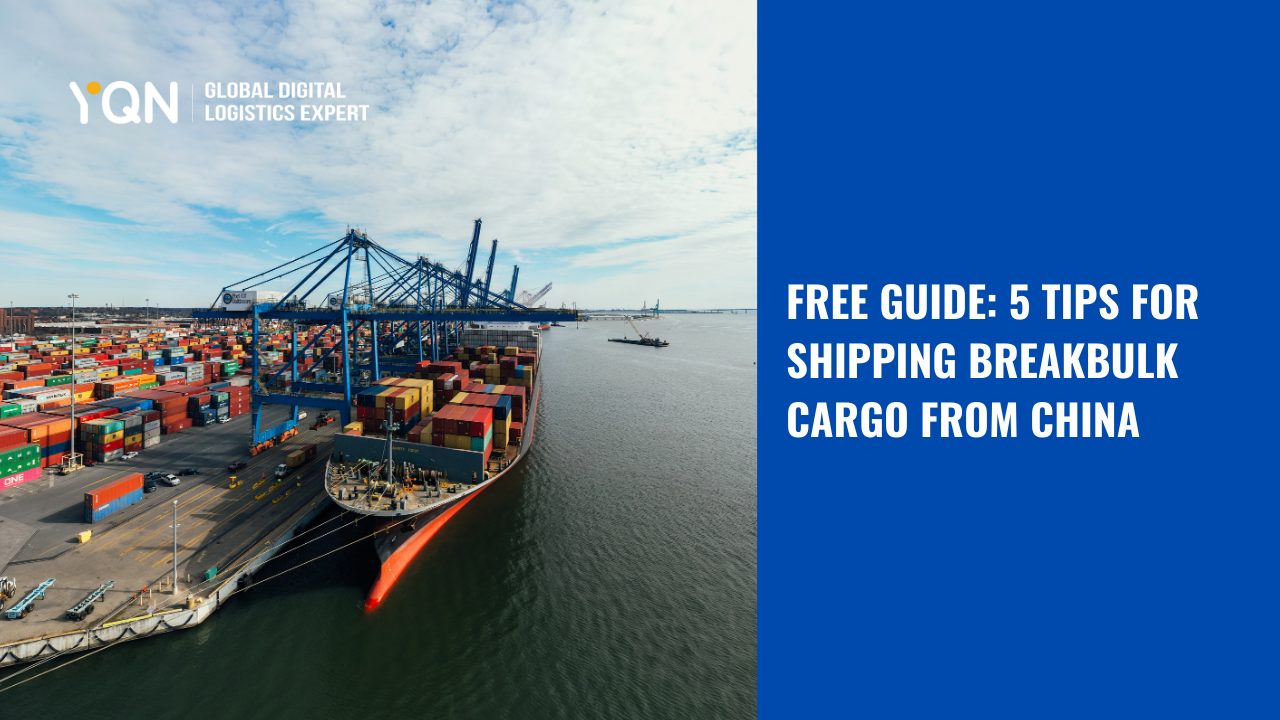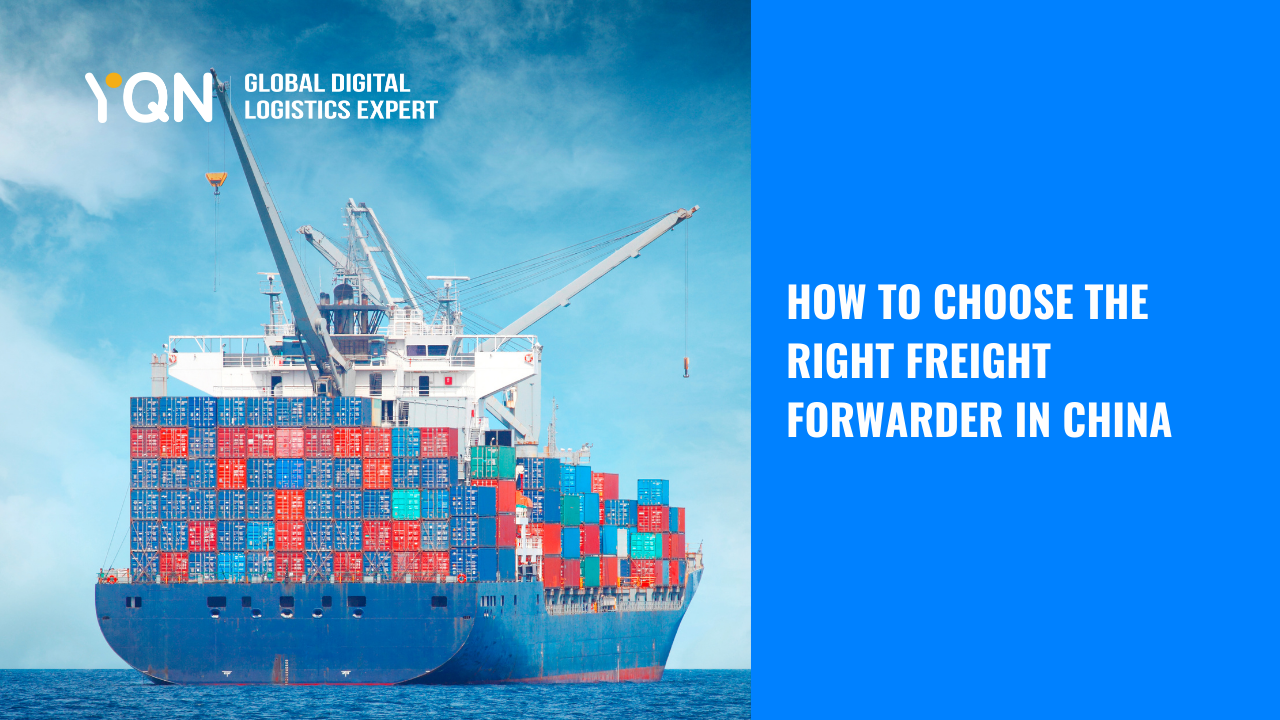For Shippers: How to Cut Shipping Container Cost Effectively
August 22, 2024
In the digital age, container shipping connects global economy. Costs of shipping containers directly impact the profit margins of trade, and securing the most competitive container prices is undoubtedly a top priority for every shipper. Here are some strategies for obtaining economical container shipping prices.

Shipping Container Price: Carriers VS Freight Forwarders
As a shipper, you may have realized that obtaining shipping container rates directly from the carriers is time-consuming and costly, and often does
not yield the best quotes. This is why freight forwarding services are important. They possess rich industry experience and have established deep cooperative relationships with major shipping companies, capable of offering competitive container shipping rates by consolidating shipments.
Utilizing Online Platforms for Shipping Container Rate Comparison
Several online platforms assist in comparing sea freight rates. Websites like www.yqn.com and searates.com offer online rates search engines. These services help you find cost-effective shipping solutions through different carriers. Use these tools to explore various options and select the best fit for your needs.
YQN’s rate search Engine, offers you an innovative solution. With our online price inquiry feature, you can easily get instant sea freight quotes without the cumbersome inquiry process and without worrying about high communication costs.
Type in your POL and POD, container type and ETD (Estimated Time of Departure) to search the latest shipping container rates by one click.
YQN's Container Shipping Rates Platform
YQN can make your shipping cost control smarter and more efficient. In addition, YQN's global network coverage ensures that no matter where your goods are destined, you can enjoy the most optimized logistics services.
Factors to Consider When Comparing Rates
When comparing shipping rates, shippers should consider:
Total Cost: This includes all surcharges and fees.
| Surcharges | Description |
|---|---|
| Fuel Adjustment Factor (FAF) | Adjusted monthly based on the international fuel price index, usually charged in USD per TEU or USD per FEU. |
| Port Congestion Surcharge | Extra charges due to port congestion, strikes, etc., usually calculated in USD per TEU or USD per FEU. Sometimes includes storage fees after unloading. |
| Cargo Additional Fees | Overweight Cargo: Fees charged per ton or per CBM for Overweight cargo. Oversized Cargo: Fees charged per meter for oversized cargo. Dangerous Goods: Dangerous goods fees charged per container. |
| Alternative of Destination Surcharge (ADS) | Charges per container, requiring prior confirmation and payment. |
| Demurrage & Detention | Fees for delays in cargo/container pickup/return passing the free days. |
| Peak Season Surcharge | PSS is implemented to cover elevated operational costs and capacity constraints faced by carriers during busy shipping periods. |
| General Rate Increase | Across-the-board freight rate hike by carriers, usually charged in USD per TEU or USD per FEU. |
| Currency Adjustment Surcharge | Fee to offset currency exchange fluctuations, charged as a percentage of the base exchange rate. |
| Document Fee | Charge for paperwork processing by dealers, usually charged in USD per TEU or USD per FEU. |
Transit Time: Evaluate how quickly the carrier can deliver.
Reliability: Research the reputation of the shipping company.
These factors ensure that shippers receive the best value for their money.
Tips to Cut Cost on Container Shipping
Streamlining the shipping process can significantly reduce costs. Here are some strategies to optimize shipping:
- Optimize Packaging: Design packaging scientifically to ensure maximum utilization of container space. For instance, adjust the size of cartons
according to container volume to achieve more efficient loading. - Consolidate Shipments: Combine multiple small orders into a single large shipment to reduce the number of trips and overall costs.
- Leverage Supply Chain Technology: Use modern supply chain management technologies to enhance shipping efficiency and reduce inventory and insurance costs.
- Choose Shipping Channels Wisely: Different shipping channels can have a significant impact on costs. Opt for direct agents or online platforms to secure better rates. Additionally, compare quotes from multiple logistics providers to find the most cost-effective solution.
- Adopt Flexible Pricing Strategies: Flexible pricing is crucial in shipping. Consider these approaches for negotiating prices:
- Bundling Rates: Combine multiple shipments into a single pricing plan to lower overall shipping expenses.
- Booking Negotiation: Negotiate rates with shipping companies to obtain more competitive shipping fees.
- Long-Term Agreements: Enter into long-term contracts with shipping companies for better rates.
- Avoid Common Shipping Pitfalls: Be cautious of common issues such as discrepancies in cargo weight or shipping delays, which can lead to additional costs. Ensure that cargo quantities and packaging meet requirements before booking.
- Handle LCL (Less-than-Container Load) Shipments Carefully: The process for LCL shipments can be more complex.
Pay attention to:
- Confirming Charges: Always get a written confirmation of all charges when selecting an LCL carrier to ensure the quoted price is all-inclusive.
- Weight and Size Calculations: Avoid extra costs by ensuring that the weight and dimensions are accurately reported to the shipping company.
- Selecting Specialized Carriers: Choose a carrier experienced in handling LCL shipments to lower rates and additional fees.

Why shipping container costs are always changing?
Several factors influence shipping container prices:
1. Size and Type of Shipping Containers: Standard and specialized containers vary in size, which directly impacts shipping costs. Larger containers, like the 40ft high cube, provide more space but at a higher price. Smaller containers, such as the 20ft, offer a budget-friendly option for smaller loads. Consider the volume and weight of your cargo when selecting a container size. A mismatch could lead to unnecessary expenses.
2. Shipping Routes and Distances: The route and distance of your shipment also affect container prices. Longer distances typically incur higher costs. However, popular routes may face congestion, leading to delays and increased rates. Weighing the pros and cons before choosing the right route can save your time and money.
3. Geopolitical Influences: Geopolitical factors, like trade policies and political stability, also impact shipping container prices. Unstable areas may experience disruptions, causing price fluctuations. Changes in regulations and tariff may lead to sudden price hikes.
4. Peak Shipping Periods: Peak shipping seasons, like holidays and major trade events, often lead to increased demand, causing potential congestion and increased rates. Avoiding these periods can bring lower rates and faster delivery.
Comparing sea freight rates on online platforms and seeking for help from forwarders will help you achieve cost-effective shipping. Join YQN now to experience the convenience and savings brought by digital logistics experts. Let us work together in the internet era to deliver your goods safely and efficiently to every corner of the world in the most economical way.









